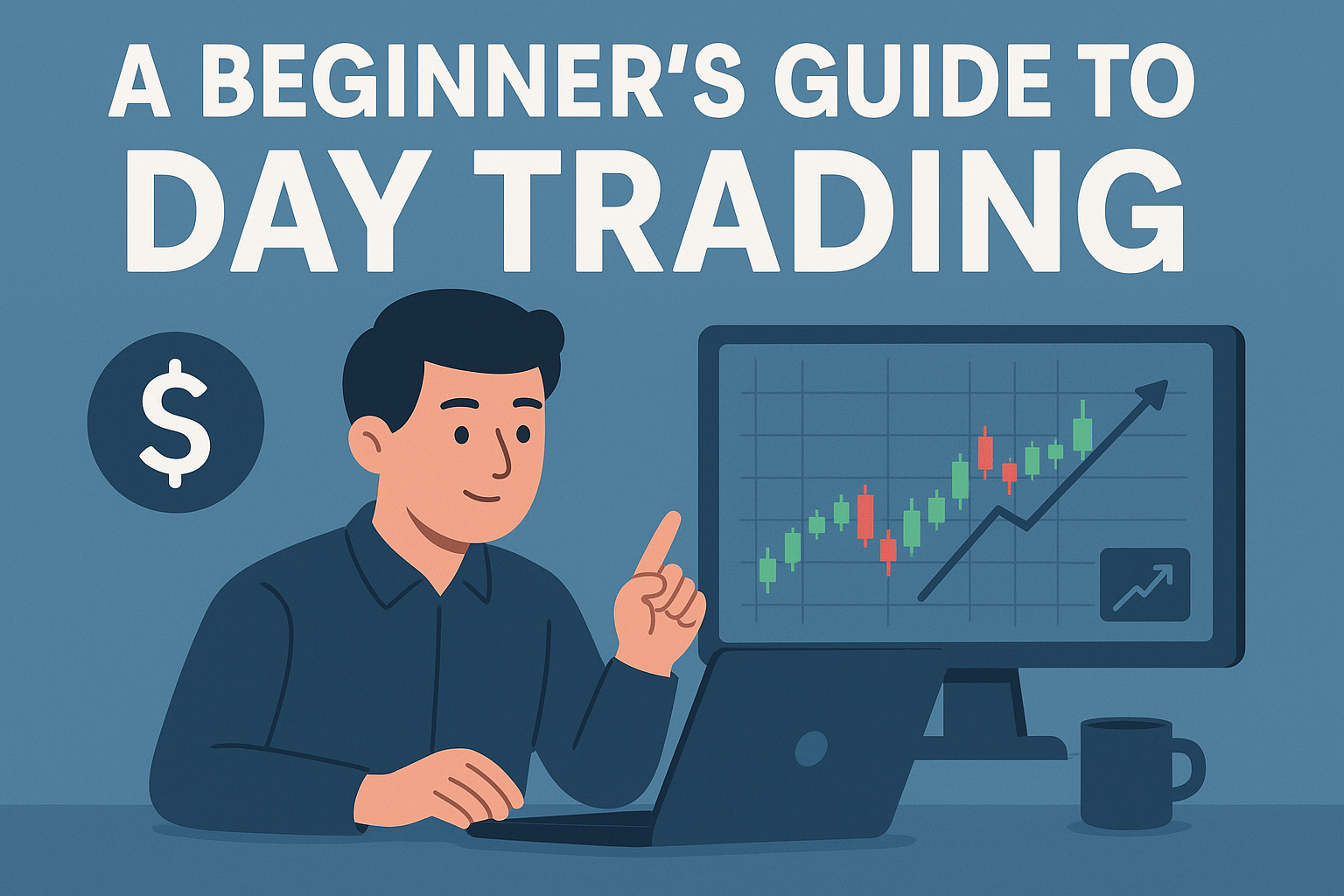Swing Trading has become one of the simplest Trading strategies for those who want to capture brief-to medium-term marketplace movements. Unlike day trading, which needs constant monitoring, swing trading permits traders to preserve positions for numerous days or even weeks. This method blends the exhilaration of brief-term trading with the strategic insights of long-term investing. However, achievement in swing trading closely relies upon technical indicators, which help traders understand market trends, spot access and exit points, and the degree of momentum. In this Article, Namo Trading Academy discovers the pinnacle swing Trading signs every trader has to realize and how they may be used to build profitable trading techniques.
Moving Averages
One of the most popular tools in swing trading is the moving average. It smooths out price fluctuations and provides a clearer picture of the market trend. Traders often rely on the Simple Moving Average (SMA) and the Exponential Moving Average (EMA). While SMA gives equal weight to all prices in the selected time frame, EMA places more emphasis on recent price data, making it more responsive to sudden changes.
In swing trading, moving averages are typically used to confirm the trend before entering a position. For instance, when the 50-day moving average crosses above the 200-day moving average, traders view it as a bullish signal known as the Golden Cross. Conversely, when the 50-day common falls under the 200-day average, it forms the Death Cross, often signaling a bearish market. These crossovers help traders decide whether to buy, hold, or sell.
Relative Strength Index (RSI)
Another important indicator that swing traders use is the Relative Strength Index (RSI). On a scale of 0 to 100, RSI, a momentum oscillator, gauges the rate and magnitude of rate changes. It makes it easier for purchasers to recognise overbought and oversold market circumstances. Typically, an RSI above 70 indicates that an inventory is overbought and might experience a pullback, while an RSI under 30 suggests oversold conditions and a possible rebound.
Swing traders often use RSI in combination with trend indicators like moving averages. For example, in an uptrend, a stock dipping to an RSI near 30 can be a good entry point, while in a downtrend, an RSI approaching 70 can signal a good time to exit. This makes RSI a reliable tool for timing trades.
Bollinger Bands
Bollinger Bands are widely used by swing traders to analyse volatility and potential breakout or reversal points. They consist of three lines: a middle band, which is a simple moving average, and two outer bands set at a standard deviation above and below the middle band. The width of the bands expands and contracts depending on market volatility.
When prices touch or move outside the upper band, the market may be overbought, signaling a possible pullback. Conversely, when prices hit the lower band, the market may be oversold, signaling a potential rebound. Swing traders often buy when prices bounce from the lower band and sell when they approach the upper band, using Bollinger Bands to anticipate price reversals and manage risk.
Fibonacci Retracement
Another crucial swing trading tool is the Fibonacci retracement, which identifies potential support and resistance levels based on mathematical ratios. The most unusual retracement ranges used are 23.6%, 38.2%, 50%, and 61.8%. Traders believe that after a strong price movement, an inventory regularly retraces a part of its gains or losses earlier than persevering with inside the original path.
Swing traders apply Fibonacci retracement to find optimal entry and exit points. For example, in a bullish trend, traders might wait for a retracement to the 38.2% or 50% level before entering a trade, anticipating that the stock will resume its upward move. This tool works especially well when combined with other indicators such as moving averages and RSI.
Stochastic Oscillator
The stochastic oscillator is another momentum indicator that helps swing traders spot overbought and oversold conditions. Unlike RSI, it compares a stock’s closing price to its price range over a specific period, typically 14 days. The indicator ranges between 0 and 100, with readings above 80 suggesting overbought conditions and readings below 20 signaling oversold conditions.
Swing traders also pay attention to the crossover of the two lines within the stochastic oscillator: the %K line and the %D line. When the %K line crosses above the %D line from an oversold level, it often signals a buying opportunity. Conversely, when %K crosses below %D from an overbought level, it may be a sell signal.
Volume Indicators
Volume plays a vital role in confirming price trends, making volume indicators indispensable for swing traders. A price movement accompanied by strong trading volume is more likely to be sustainable, whereas low volume can indicate a weak or false signal.
Two commonly used volume-based indicators are On-Balance Volume (OBV) and the Volume Weighted Average Price (VWAP). OBV measures buying and selling pressure by adding volume on up days and subtracting it on down days, while VWAP gives an average price based on both volume and price throughout the trading session. Swing traders use these indicators to confirm breakouts and trend strength.
Candlestick Patterns
Candlestick patterns provide a visual representation of price action and market psychology, making them powerful tools for swing trading. Some of the most reliable patterns include the Doji, which signals indecision, the Hammer, which often indicates a bullish reversal, and the Engulfing pattern, which signals a strong reversal depending on its direction. Patterns like the Morning Star and Evening Star are also widely used to spot potential trend reversals.
Swing traders often combine candlestick analysis with technical indicators to validate their trading decisions. For example, a bullish engulfing pattern near a Fibonacci retracement level or moving average can give traders greater confidence in entering a long position.
Trend Lines and Support/Resistance
Drawing trend lines and identifying support and resistance levels is one of the most fundamental aspects of technical analysis. Trend lines connect significant highs or lows to show the overall market direction, while support and resistance mark levels where prices historically reverse or consolidate.
In swing trading, breakouts above resistance often present buying opportunities, while breakdowns below support can signal selling opportunities. These levels are frequently used in combination with indicators like RSI and MACD to confirm entry and exit points.
Average True Range (ATR)
The Average True Range (ATR) is an indicator that measures market volatility. It calculates the average range between the high and low prices over a given period. Swing traders rely on ATR to set appropriate stop-loss levels and manage risk effectively.
A high ATR indicates greater market volatility, suggesting that traders should allow for wider stop losses to avoid being prematurely stopped out. On the other hand, a low ATR suggests calmer markets, where tighter stop-losses may be effective. ATR does not indicate market direction but helps traders adjust their risk management strategies according to volatility.
Combining Indicators for a Winning Strategy
No single indicator is foolproof in swing trading. Successful traders combine multiple indicators to confirm signals and improve accuracy. For example, a trader might use moving averages to identify the overall trend, confirm momentum with RSI or MACD, and then look for entry opportunities using Bollinger Bands or Fibonacci retracement. Volume indicators and ATR can then be used to validate the strength of the move and manage risk.
By blending these tools, swing traders create well-rounded strategies that capture profitable opportunities while minimizing losses. The key lies in patience, discipline, and consistent application of these indicators.
Final Thoughts
Swing trading offers a balanced approach to trading the stock market, combining short-term opportunities with manageable risk. However, success depends on mastering the right technical indicators and using them strategically. From moving averages and RSI to Fibonacci retracements and candlestick patterns, these tools help traders identify trends, confirm signals, and manage volatility effectively.
By learning how to apply these swing trading indicators and combining them into a structured trading plan, traders can significantly increase their chances of success. Ultimately, the path to becoming a profitable swing trader requires not only technical knowledge but also discipline, consistency, and sound risk management. Join Us at Namo Trading Academy and elevate your Trading Skills To The Next Level.



